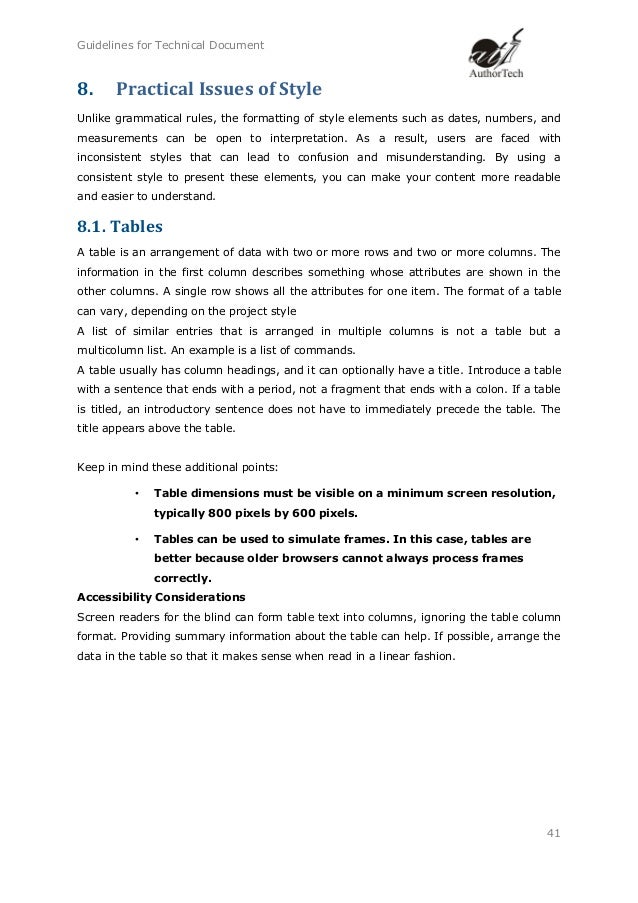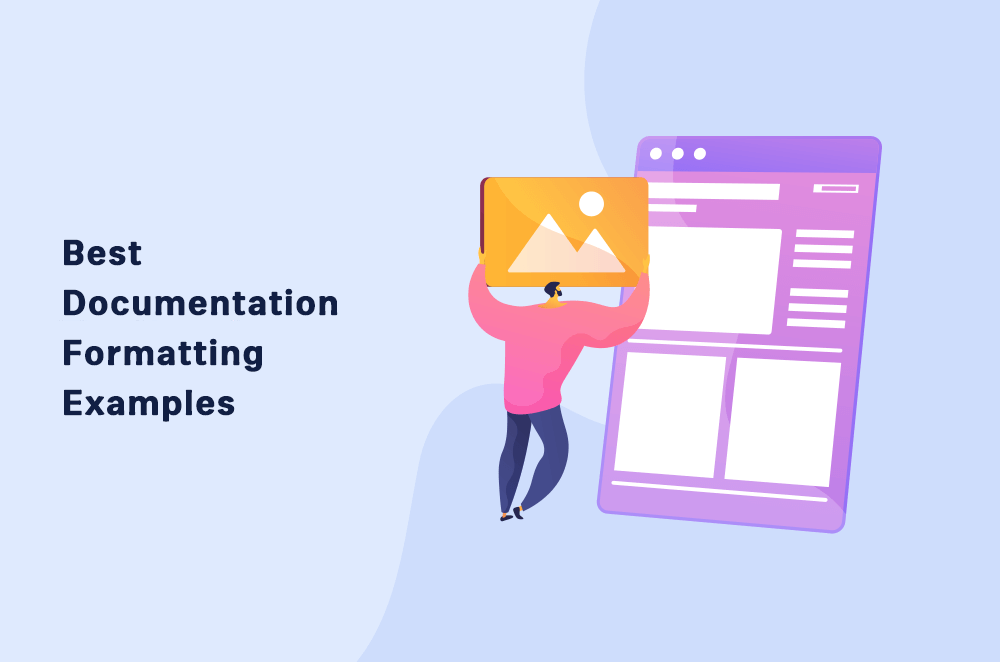

Tutorials contain detailed instructions on the use of specific function calls and parameters. Tutorials are helpful if your users want to learn about specific use cases. Tutorials provide step-by-step guides for using APIs to accomplish specific tasks. This is the most important type of API documentation as developers spend most of their time on reference documentation. Reference documentation provides information about the structure, parameters, and return values for each function or method in an API. There are three types of API documentation: reference, tutorial, and conceptual. This article will go over the best way to write API documentation.
#Technical document writer software
Software developers need high-quality API documentation to use APIs and extract the maximum benefit. Your ride-hailing app uses Google Maps API (or a similar service) to access real-time tracking information.ĪPIs are software developed for software developers. Your weather app uses an API to get weather data from one of the many online weather services. The answer to this all-important question is that your smartphone apps access data through APIs.

From where did your ride-hailing app get this data? But whenever you enter a destination on Uber or Lyft, a few seconds later, you see your current location, the destination, and a route, along with estimates of arrival times. The ride-hailing apps you use do not have real-time location tracking systems. So, where did the weather data come from? The smartphone weather app does not store the weather data, nor does your smartphone. No CVs (personal or agency) will be accepted, unless specifically asked to do so on the advert.You tap on your smartphone’s weather app, and a few seconds later, you see the latest weather updates for your location. Strong team working and teambuilding skills with the ability to use own initiative to solve problems and a high level of attention to detail are key to the job role. With a strong technical background and understanding of IT solutions, you will have the capability of creating and maintaining a suite of policy documents along with experience of creating technical documents including, but not limited to, policy documents, end user instruction manuals, training materials and announcements.Įxperience creating illustrations and visualisations that convey complex technical information to both technical and non-technical audiences is essential. Working collaboratively with teams across Digital Services you will create new technical documentation for systems, services, processes and/or products and maintain existing technical documentation held within the department. As part of this activity you will support the department in reviewing and developing its internal policies and operational procedures, creating an updated suite of documents which accurately reflect custom and practice within the department.Įducated to HND level or equivalent (SCQF level 8) in a relevant discipline or recent experience in a similar role, you will have proven experience of developing document templates which can be used to ensure consistency. With a passion for communication you will have a keen attention to detail and be able to compose clear and coherent documentation targeted at different audiences including end users, technical/product specialists, senior managers and the College Board of Governors.Īs a fixed term position within Digital Services, the role will offer significant variety, with the post holder adopting a project based approach to work which will see them participate in several projects over the duration of the contract period.

Temporary – 6 months and Start Date as soon as possible.


 0 kommentar(er)
0 kommentar(er)
